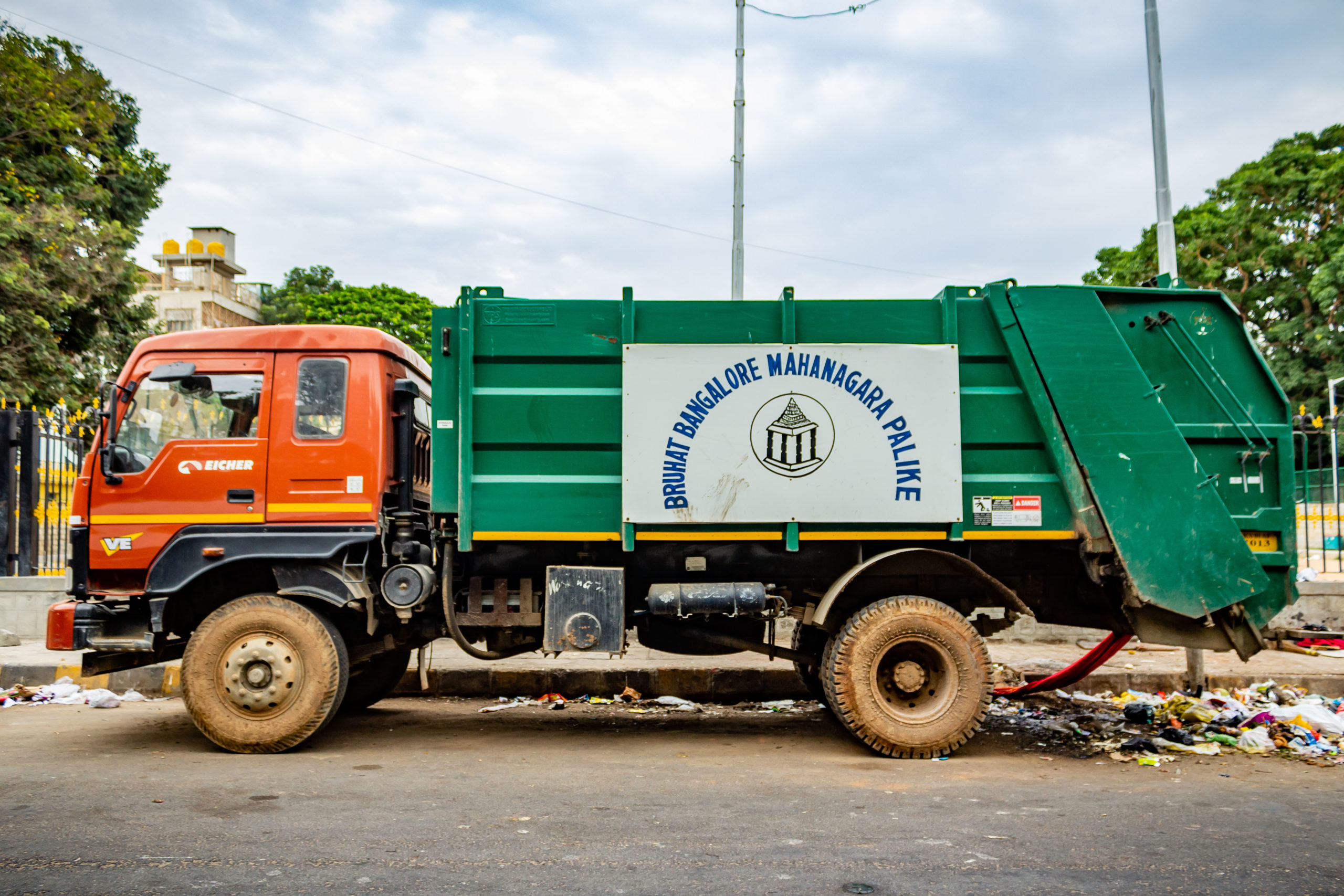
As per the Bruhat Bengaluru Mahanagara Palike (BBMP), Bengaluru generates around 4500 tons of municipal solid waste (MSW) per day. The city has resorted to multiple waste management strategies following the 2012 garbage crisis. This includes by-laws mandating segregation at source, decentralised processing of waste by stream, and community-level composting. Bulk waste generators are required to manage their own waste and ward level micro-plans have been drafted to ensure proper waste collection and transportation.
One proposed plan that has turned controversial is the construction of five Waste to Energy Plants (WtE). Several citizens groups and activists have been protesting against the move. In a bid to further understand the situation, I recently spoke to the legendary N. S. Ramakanth, Co-founder – Solid Waste Management Round Table (SWMRT) and asked him why there is so much resistance to WtE when Bengaluru is drowning in its own garbage.
The octogenarian shared that among the reasons for public opposition to the WtE plants, the BBMP’s inability to achieve 100 percent source segregation is a big hurdle. Also, given that the wet waste composition of the total MSW generated in the city is around 60-70 percent, the viability of these WtE plants is questionable, he feels. According to him, zone-wise, low-waste capacity plants can be a more sustainable and economically viable option as they will potentially receive sufficient input for incineration faster, which will further reduce the transportation and environmental costs.
Another concern raised by the waste guru was about the livelihood and income of the informal sector which might get severely affected if all the mixed waste is diverted directly to the WtE plant. These rag-pickers often collect and sell the Low Value Plastic (LVP) and Multi layer Plastics (MLP) to the Dry Waste Collection Centres centres, operated by NGOs and private companies. Some of the operators at the DWCCs in Bangalore are operated and managed by rag-pickers themselves. Thus integration of the waste picker community in the waste management process cannot be ignored. Another suggestion was that if a value is attached to LVP, dumping of this category of waste on streets and water bodies will decrease.
Speaking to one of Bengaluru’s most-respected waste management experts was refreshing. I was reminded that it is community participation which has brought a paradigm shift in India’s struggling waste management sector. Stakeholder consultation and participation should be of paramount importance for municipal authorities and this is where BBMP needs to further explore possible collaborations for a holistic solution. In recent years, communities have started to increasingly hold ULBs accountable and it would serve the civic body well to listen to the Bengalurians’ point of view and analyse ground realities with an open mind.
Natasha Kalra is a doctoral scholar at the Centre for Decentralisation and Development, Institute for Social and Economic Change, Bengaluru. Her research interests include urban planning and development, governance, public policy, solid waste management, and environmental conservation. Ms Kalra can be contacted at natasha.kalra19@gmail.com



